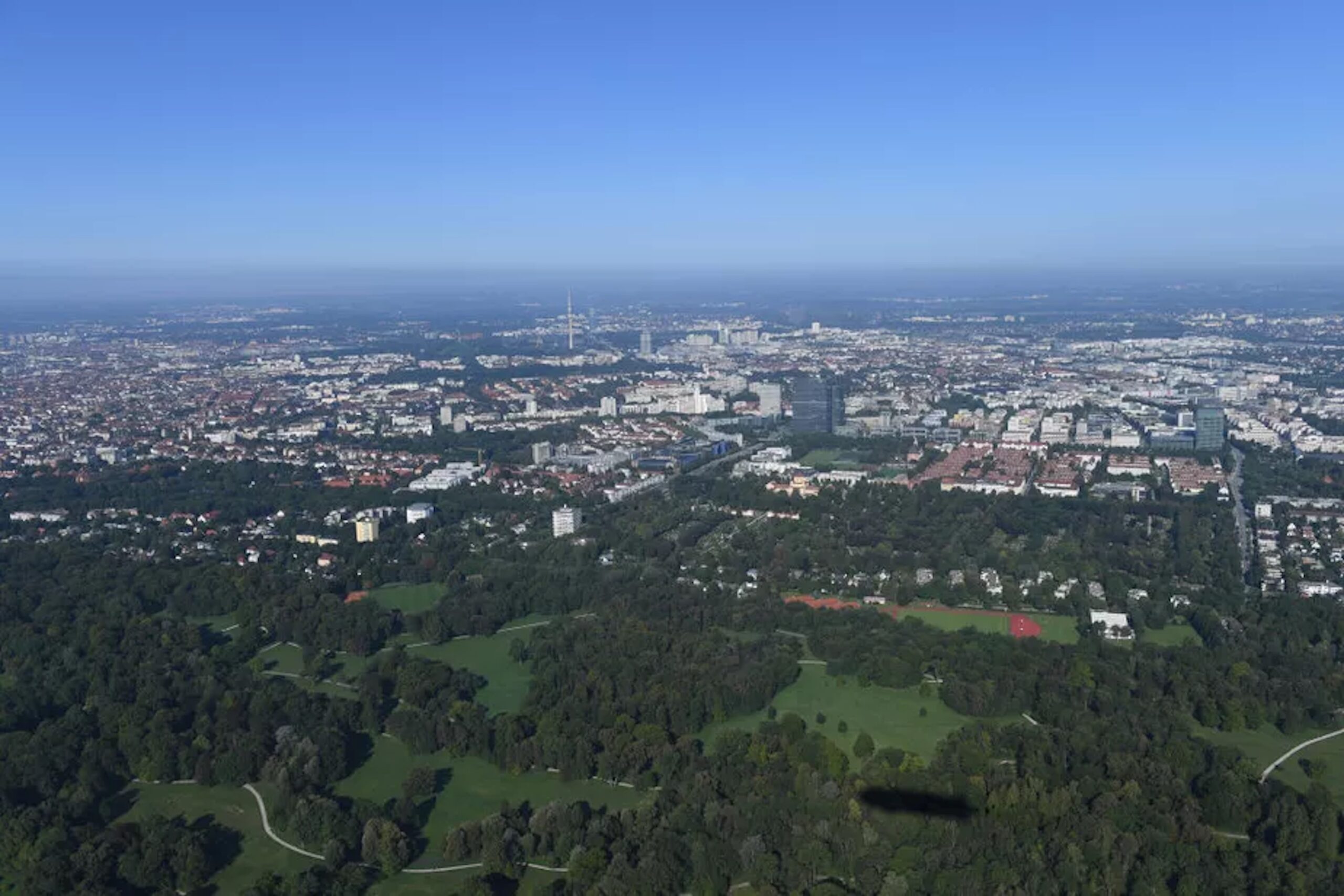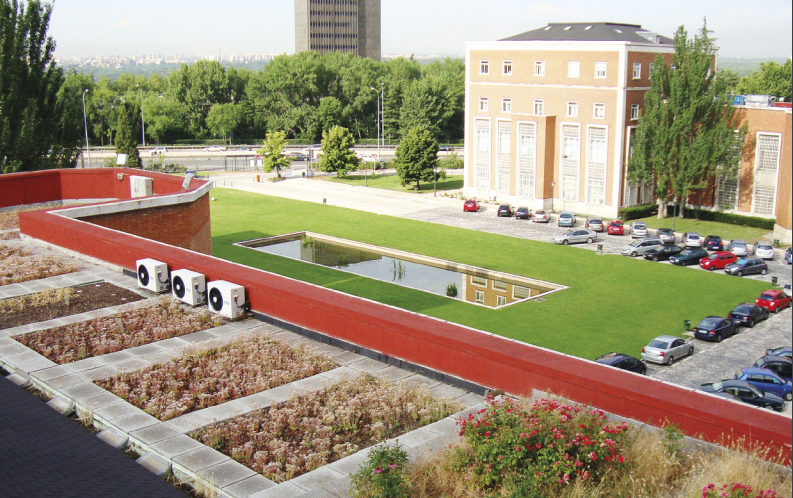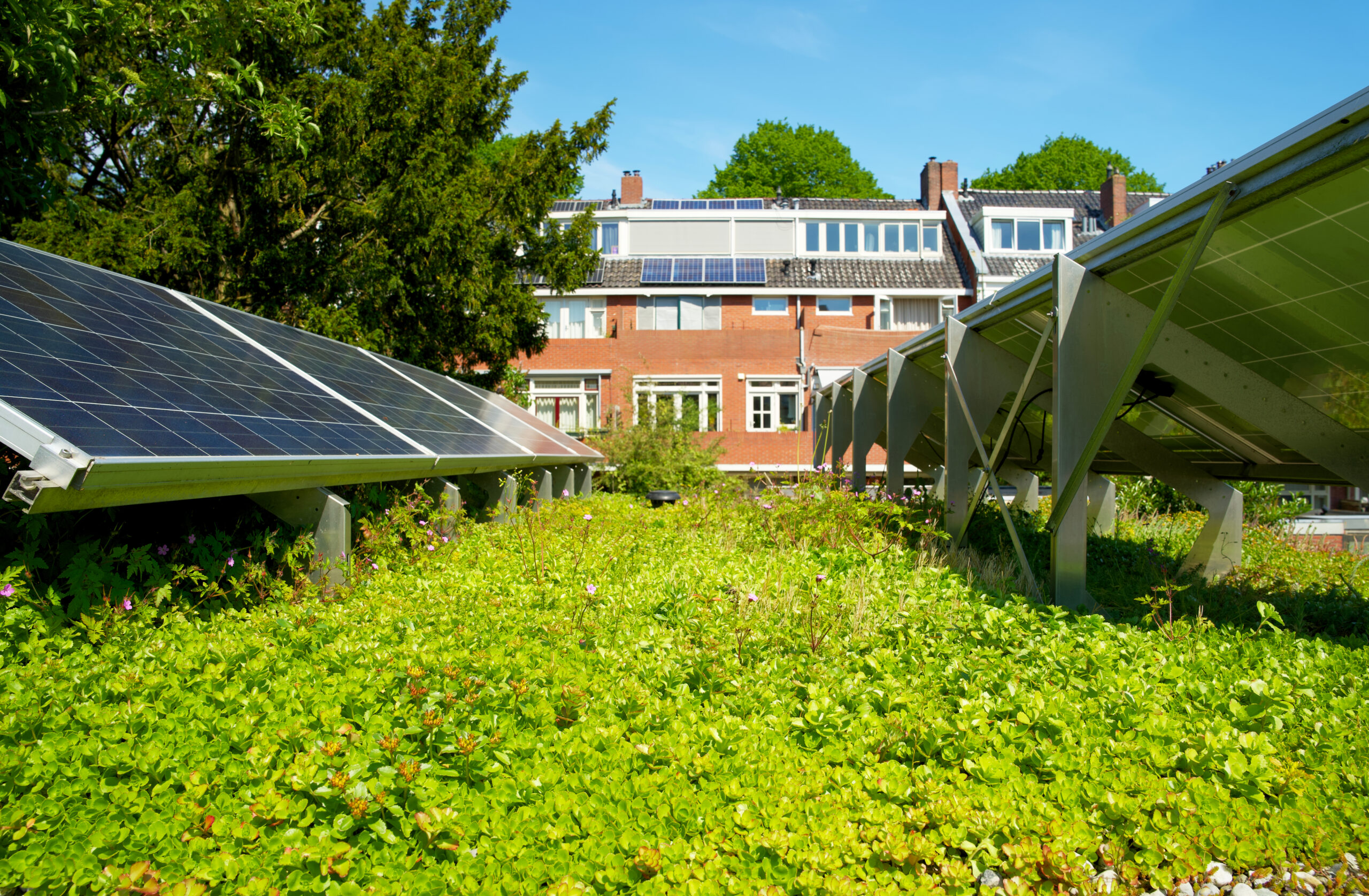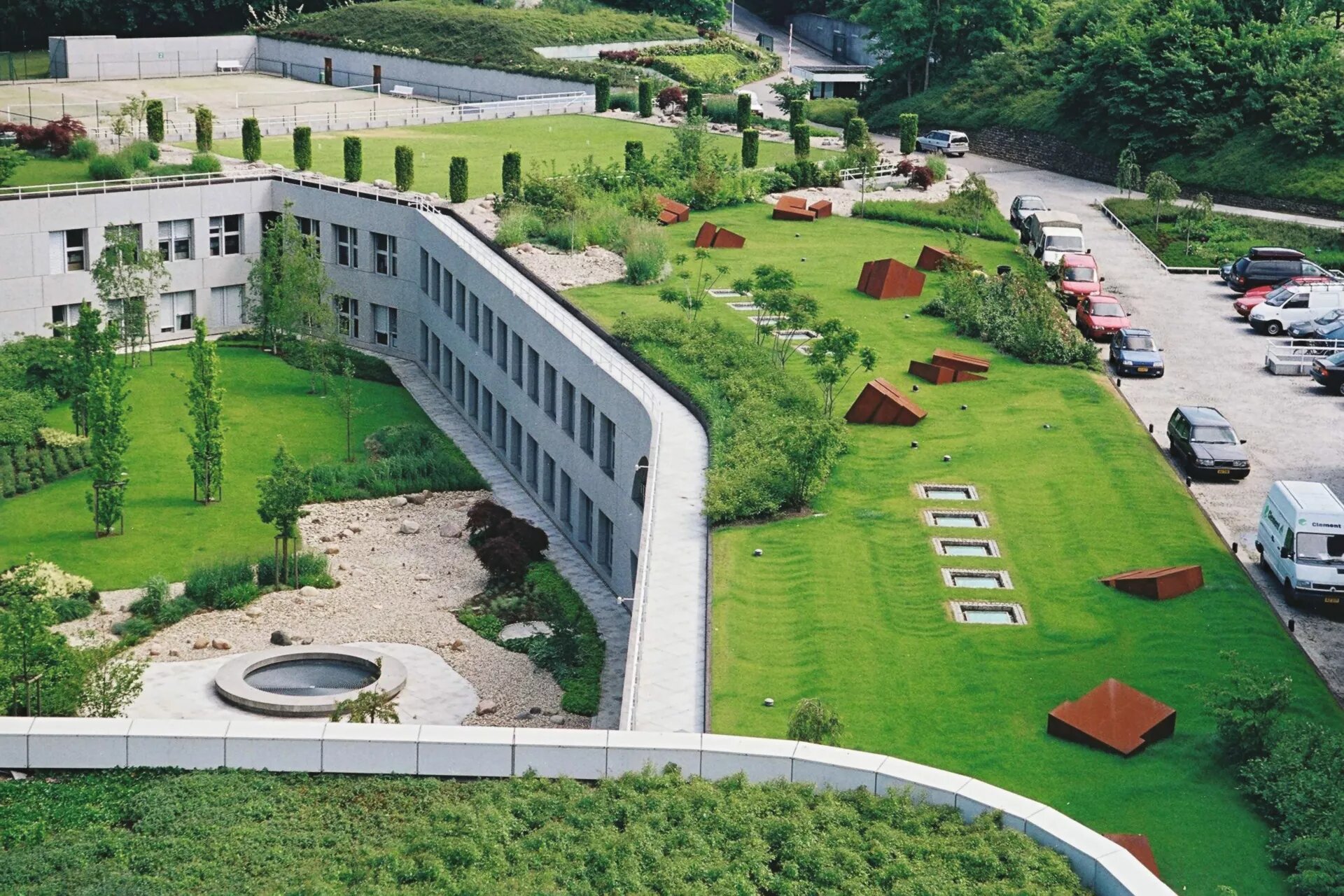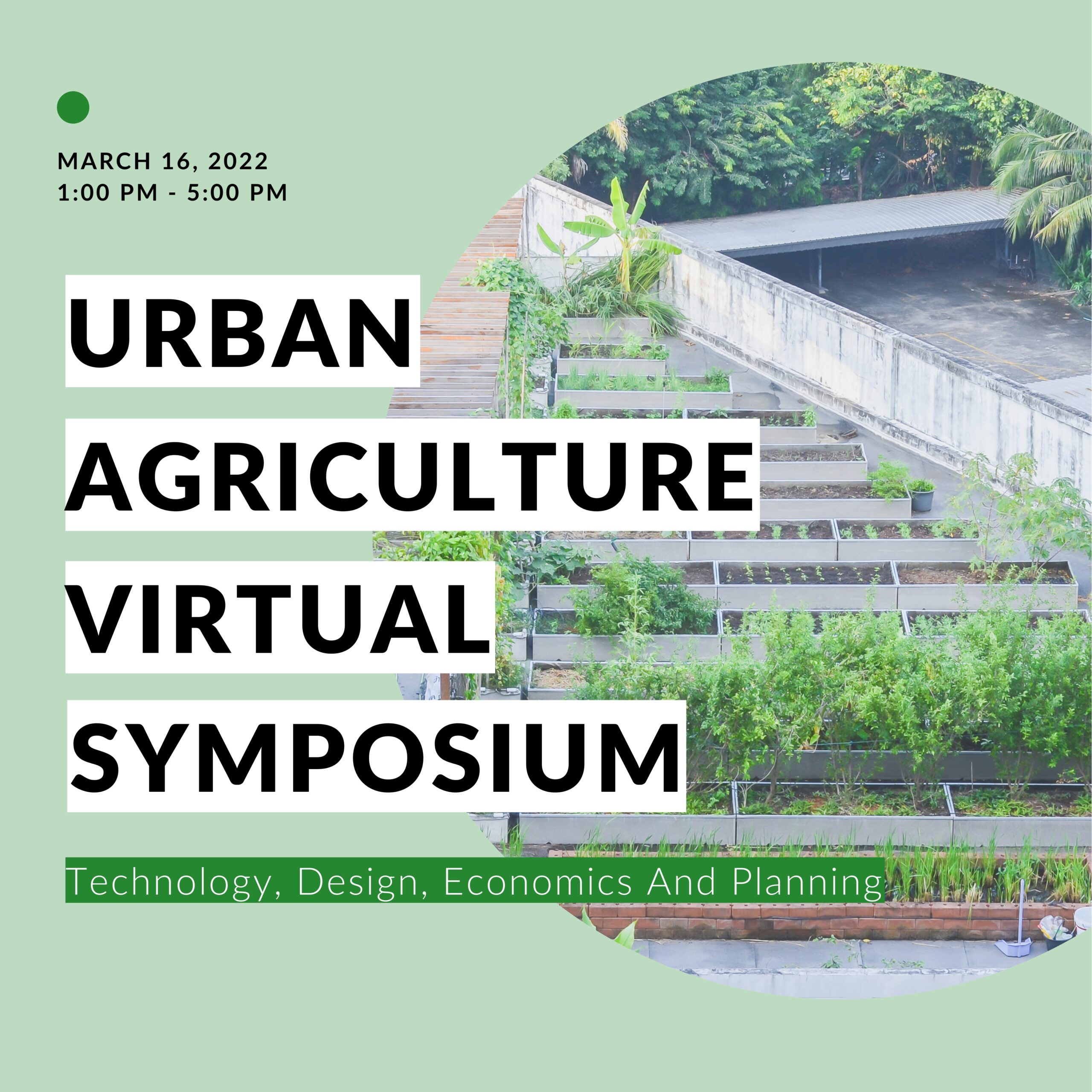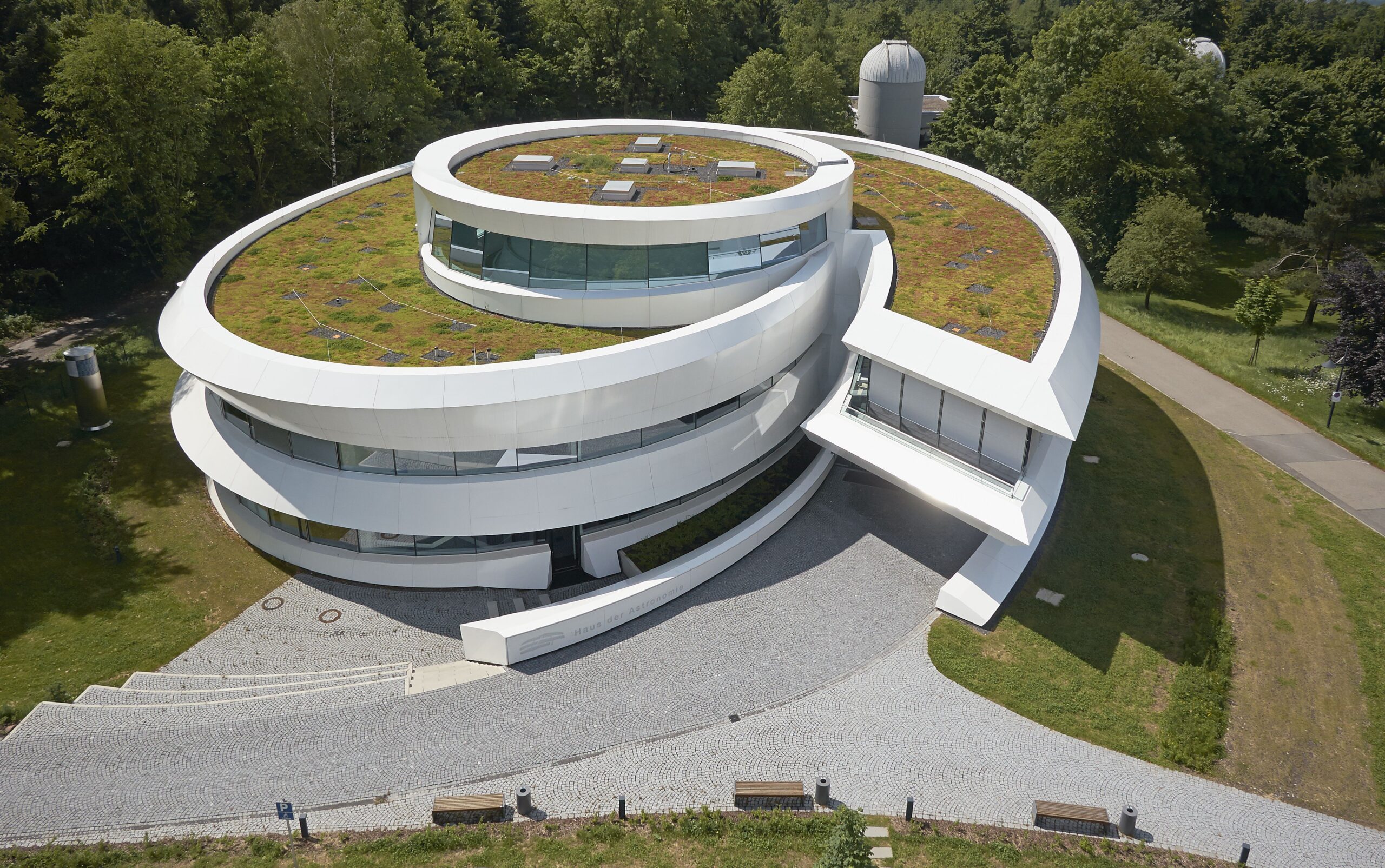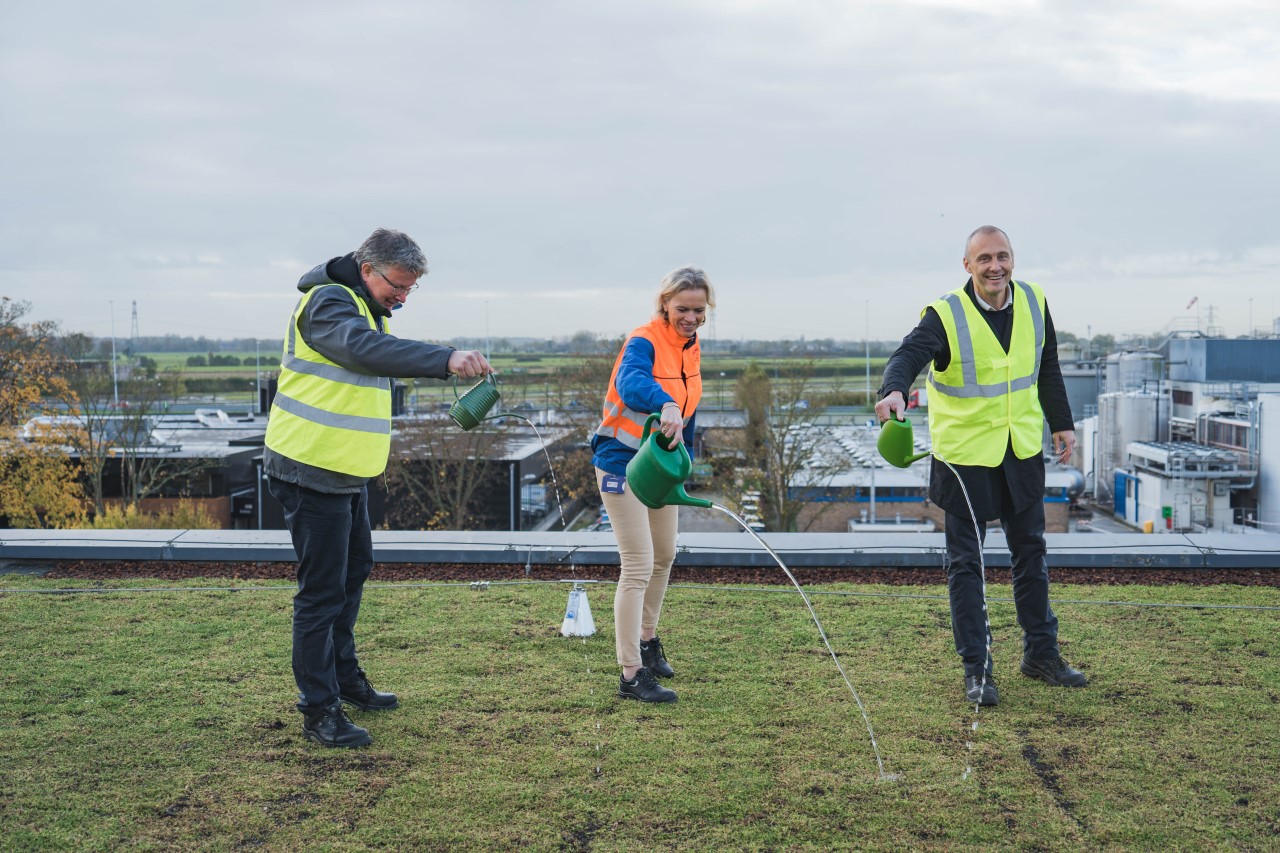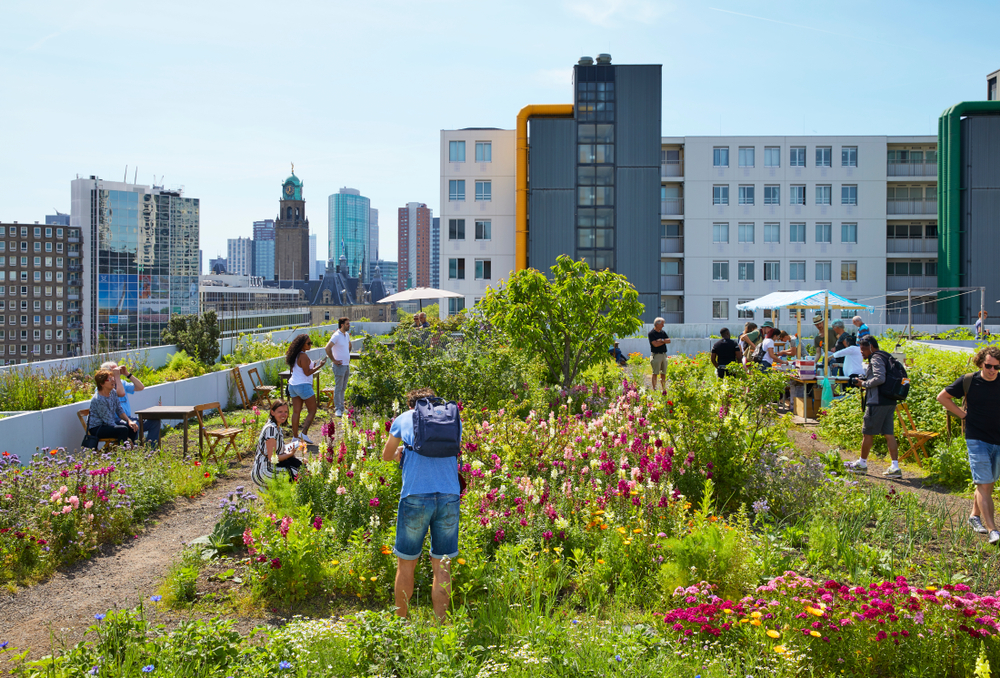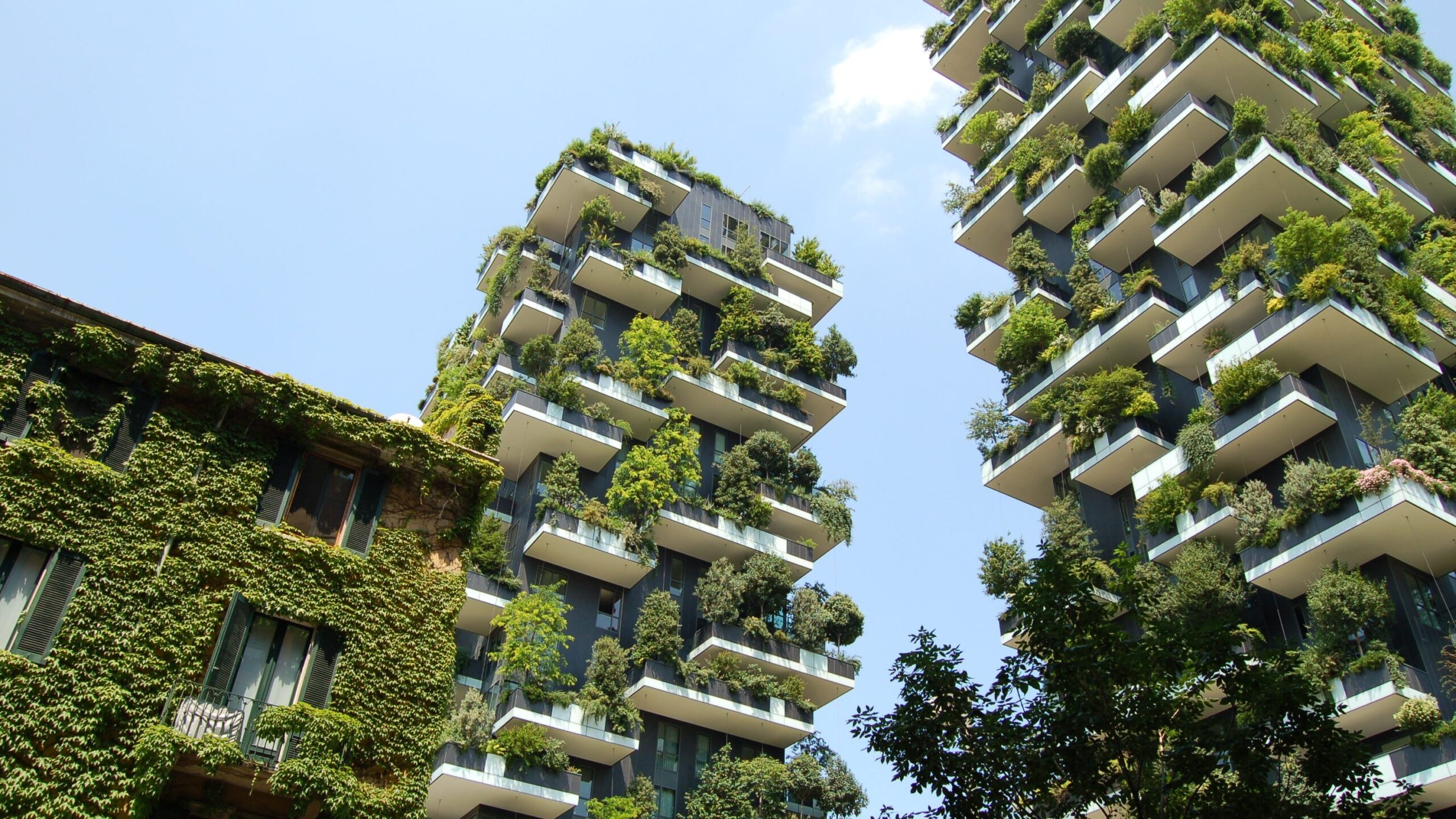WGIN welcomes Sika AG as a new corporate member. The Swiss multinational specialty chemicals company will also be part of the network’s European Chapter. The World Green Infrastructure Network (WGIN) is delighted to announce that Sika is joining the Network as a new corporate member. Sika is also joining WGIN’s EU Chapter, the group’s advocacy section dedicated to advance the green infrastructure agenda in the European Union. Sika AG was founded in 1910 with the invention of a quick-setting waterproofing admixture for mortars, which was used to waterproof the Gotthard Tunnel in Switzerland and enabled the Swiss railway company to electrify the important connection between Northern and Southern Europe. Today, thanks to its leading position in developing and producing systems and products for bonding, sealing, damping, reinforcing, and protecting in the building sector and motor vehicle industry, the company is considered as enabler of sustainable transportation and construction. Sika has been waterproofing green roofs and other landscaped areas for over 40 years globally, and in the United States for over 25 years. Sika’s Sarnafil® roofing systems have recently celebrated their 60-year anniversary. With close to 400 million m2 of roofing and waterproofing membrane installed worldwide, architects, specifiers and building owners know they can rely on Sika for proven products and system performance. Already today, Sika generates 70% of its sales with products that have a positive sustainability impact. Manfred Koehler, President of the World Green Infrastructure Network, commented: “We are very pleased to welcome Sika as a new member of WGIN and of its EU Chapter. As a multinational company well known for its innovative and high-quality products, Sika is a perfect match with our ambition to promote the deployment of green infrastructure globally. We look forward to working together on this key agenda.” Patricia Heidtman, Chief Innovation and Sustainability Officer at Sika, said: “Sustainability is at the center of everything Sika does. Our company is focusing on helping customers to reduce their CO2eq footprint by providing innovative solutions and products. In many respects, Sika’s technologies make the company an enabler that strongly contributes to the climate neutrality journey of the construction and automotive industries. That’s why we share the ambition to promote green infrastructure in urban planning and we are happy to join WGIN and support them in this endeavor.” Patrick Horisberger, Head Target Market Roofing at Sika, added: “Green roofs lower the energy costs by absorbing heat which in turn significantly reduces the need for air conditioning in summer and provides additional insulation in the winter. Another important benefit is their ability to reduce and slow stormwater runoff, besides using the roof as a recreational area. With our membership in WGIN we want to influence and support the development of green roofs by sharing know-how, supporting studies, and developing new solutions.” Download the pdf version Media contacts Luigi Petito Head of Secretariat, World Green Infrastructure Network – EU Chapter luigi.petito@wgin.org Harriet Sihn Public Relations Manager, Sika AG sihn.harriet@ch.sika.com ABOUT WGIN The World Green Infrastructure Network (WGIN) is a collaborative global network promoting the integration of green infrastructure in urban planning. Since 2009, WGIN has expanded to represent 22 National Associations and has held 10 World Green Infrastructure Congresses. WGIN has established supportive working research committees and has an active board of directors representing 11 nations. In 2019, WGIN set up a European Chapter with the aim of raising awareness among EU policymakers about the multiple benefits of green infrastructure. ABOUT SIKA Sika is a specialty chemicals company with a leading position in the development and production of systems and products for bonding, sealing, damping, reinforcing, and protecting in the building sector and motor vehicle industry. Headquartered in Baar (Switzerland), Sika has subsidiaries in 101 countries around the world and manufactures in over 300 factories. Its more than 27,000 employees generated annual sales of CHF 9.3 billion in 2021.
